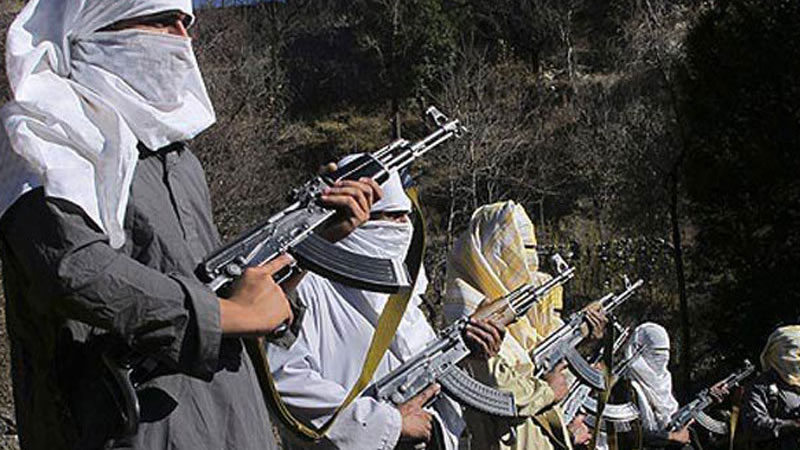 The State Bank of Pakistan’s (SBP’s) Annual Report for the year 2009-2010, while assessing the damage done by the floods, presents a rosier picture of the future than may be extrapolated from the ground realities. The report has downgraded all the targets for FY 2010-2011. The growth rate has been reduced to 2-3 percent from 4.5 percent. The current account deficit has been projected at 3-4 percent while the fiscal deficit has been pinned at 5-6 percent, up from 3.5 and four percent respectively projected prior to the floods. The rate of inflation has been projected at 13.5-14.5 percent as opposed to the previous target of 9.5 percent.Given the substantial number of people affected and heavy damage by the floods, even these recast targets are achievable only if the government is able to make major changes in the way it is managing the economy and is able to pare surplus fat from its expenditures. That would indeed be a great achievement. However, it would be expecting too much from a government that is not ready to give up its lavish modus operandi.
The State Bank of Pakistan’s (SBP’s) Annual Report for the year 2009-2010, while assessing the damage done by the floods, presents a rosier picture of the future than may be extrapolated from the ground realities. The report has downgraded all the targets for FY 2010-2011. The growth rate has been reduced to 2-3 percent from 4.5 percent. The current account deficit has been projected at 3-4 percent while the fiscal deficit has been pinned at 5-6 percent, up from 3.5 and four percent respectively projected prior to the floods. The rate of inflation has been projected at 13.5-14.5 percent as opposed to the previous target of 9.5 percent.Given the substantial number of people affected and heavy damage by the floods, even these recast targets are achievable only if the government is able to make major changes in the way it is managing the economy and is able to pare surplus fat from its expenditures. That would indeed be a great achievement. However, it would be expecting too much from a government that is not ready to give up its lavish modus operandi.
Even while it has chastised the government for its excessive borrowing, the SBP report has not taken account of this fact while presenting its assessments. There is no sign that the government is seriously thinking of cutting down its expenses or rationalising the tax structure by taxing sectors so far not in the tax net. Rather, government expenses are on the rise and the borrowing unabated. Huge amounts of money are still being doled out from discretionary and secret funds by various ministries and officials using more than the number of vehicles allowed to them. SBP’s increase in the basic rate twice within two months had minimal impact in checking government borrowing, but has contributed to inflation and negatively affected the private sector’s ability to engage in economic activity. Unfortunately, the SBP finds itself helpless and cannot refuse the government’s irrational demands for more funds while the country’s economy is sinking.
The SBP’s estimates of inflation are also rather optimistic. By all available accounts, inflation is projected to be much higher than the estimates provided by the SBP. Already, the consumer price index for food and beverages during September has seen a rise of 21.24 percent in comparison with the same month last year, according to figures released by the Federal Bureau of Statistics. There has been a nearly 90 percent increase in prices of some of the basic food items within a short span of time. It may be attributed to disruption of supply lines due to floods. However, prices have not recovered and are expected to see a further rise in view of destruction of crops and fields and inflated costs of transportation due to upward revision of fuel prices.
Coming to the current account and fiscal deficits, the figures presented seem unrealistic given the stagnation of the economy post-floods. The SBP report has itself revised the imports figure upwards to $ 34-35 billion, an increase of 3-4 billion. To a large extent, the additional imports are expected to be flood-related, rather than representing growth in the economy, adding stress to the balance of payments. The somewhat understated figures of the SBP report may have allayed somewhat the feeling of doom and gloom, but for effective planning, a realistic assessment is needed. Also, it is reasonable to demand of the government to share with the public what changes it has made in the budget in view of the post-flood reconstruction and rehabilitation needs.
The SBP has indicated the areas the government needs to address if it is genuinely interested in a recovery of the economy. In addition to serious belt-tightening in terms of its expenses and managing of public sector entities, it will have to ensure a regular supply of electricity to consumers in order to stimulate industry and commerce as well as broaden the tax net to ensure better revenues. This is the minimum that is required to stay afloat – Dailytimes











